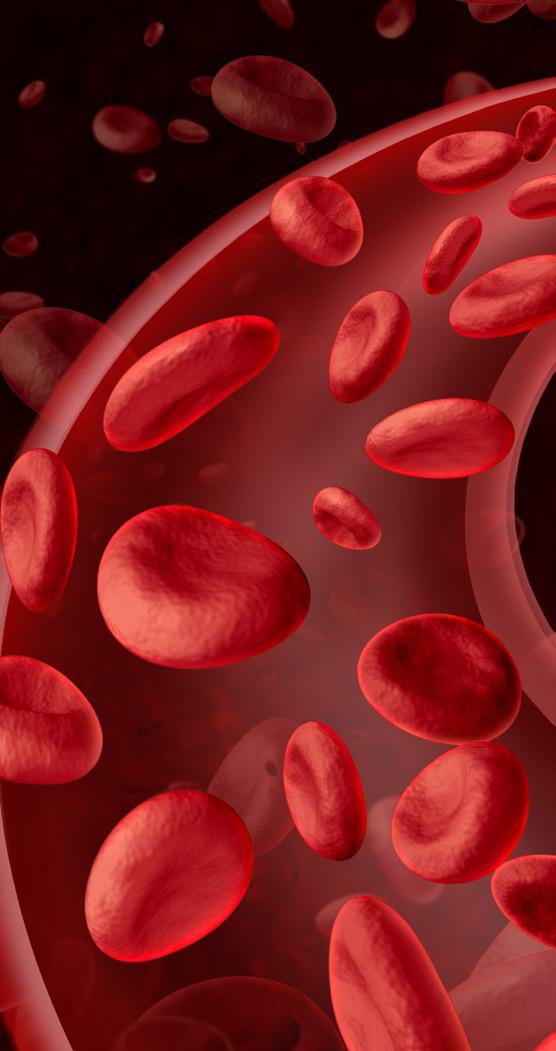REPORT
Survey a group of horse caretakers and veterinarians about their top health concerns and colic usually heads the list. Although treatment options for colic have improved dramatically in the last several decades, that rate of improvement has slowed in the last 20 years. Horses, and the people who care for them, are ready for a new investment in research to further colic prevention and care.
Colic is a common problem and refers to any cause of abdominal pain.

Improving the odds for horses suffering from colic remains a top priority for researchers.

Experts say that 4% to 10% of all horses will experience at least one episode of colic in their lifetimes. Approximately 90% of colic cases are successfully treated on the farm, with the remaining 10% referred to a specialty hospital for advanced treatment, including surgery. For horse caretakers, colic can be a frightening diagnosis; and for veterinarians, it’s a challenge to treat when a horse’s condition rapidly worsens.
While many horses recover uneventfully from colic, for others it is life-threatening and even fatal. For caretakers, additional stress is created from concern about the welfare of their horses, coupled with the expense of colic treatment for more dire case. Interest in colic research is growing as equine veterinary specialists continue to look for new ways to improve survival, optimize treatment, and return their patients to normal activity.

PREVENTION AND EARLY INTERVENTION ARE KEY
Dr. Liara Gonzalez, Associate Professor of Gastroenterology and Equine Surgery at North Carolina State University, notes that colic prevention is one key to better short- and long-term outcomes. “Colic prevention, whether through educating owners or veterinarians, remains important,” says Dr. Gonzalez. “The internet has helped by giving owners and veterinarians greater access to materials and other educational opportunities.”
Dr. Margaret Mudge, colic researcher and Professor of Equine Surgery at The Ohio State University, feels that another key is earlier diagnosis and referral by veterinarians in the field, leading to improved colic outcomes. She also points to a greater willingness on the part of caretakers to accept earlier referral. Early referral in turn leads to improved survival, which encourages more veterinarians and caretakers to pursue referral and surgery.
Several large scale, multinational studies are currently in progress to look at various aspects of colic. The Nottingham Equine Colic is one example. This ambitious project covers numerous areas of early colic recognition by primary veterinarians and horse caretakers. Ultimately, this data could identify important early clinical signs of colic and serve as a foundation for caretaker and veterinary education and outreach.
Preventing colic from occurring is optimal, but a horse’s unique anatomy predisposes them to colic even when caretakers take every precaution. Horses can colic even under optimal management, so early recognition of the signs is an important adjunct
the University of Georgia, and a colic researcher. “This approach will lead to better evidence-based advice for owners and veterinarians.”
IMPROVING SURGERY AND POST-OPERATIVE CARE

Despite advances in colic therapy made in the late 1980s and 1990s, many researchers point to a lack of novel, groundbreaking colic treatments over the last 20 years. However, recent advances in cellular biology and technology have spurred new research in unique and exciting areas.
Blood Circulation
Maintaining good blood circulation, even in tiny blood vessels (microcirculation) during surgery is important for success. Dr. Mudge is using a new technology to study the microcirculation of horses undergoing colic surgery and, as part of the study, she’s testing a special type of intravenous fluid and its effect on microcirculation during anesthesia. Her hypothesis is that by maintaining adequate perfusion to all tissues, survival will improve and time in hospital will be reduced (which in turn can reduce costs for the caretaker).
Stem cells

Most people associate stem cells with bone marrow, blood disease, and the treatment of orthopedic problems, but the intestine has stem cells, too. Dr. Gonzalez is looking for ways to harness the power of the gut’s resident stem cells to improve and hasten healing after an episode of colic.

“It’s exciting for me to see large, multi-national, collaborative , Professor and Interim Department Head of Large Animal Medicine at
“Every seven days we have a brand new intestinal lining, thanks to gut stem cells,” says Dr. Gonzalez. “Can I stimulate these cells to heal, or heal faster? Faster recoveries can not only save caretakers money but can help horses avoid post-operative complications such as laminitis.”




